Detailed Explanation of API-led Connectivity in Mulesoft
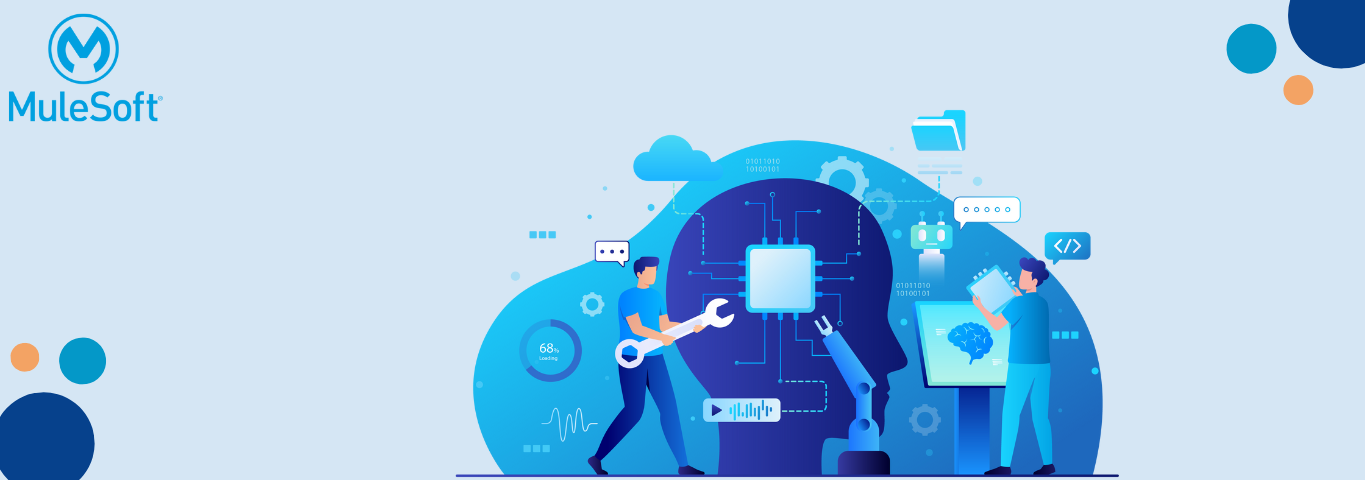
Let us dive into the details of API-led connectivity.
What does API-led Connectivity mean?
API-led Connectivity is a way of linking data and applications using specialized APIs (Application Programming Interfaces) in a company network. These APIs are created with specific goals in mind. And these goals can include freeing up data from different systems, putting data together for various processes, or providing a certain user experience. You can think of these APIs as building blocks for a company digital setup. Each block has a specific job that helps achieve a business or technology goal. In addition, these blocks can work together smoothly and are easy to find, use, and manage. They are like the basic language of your business, representing its key elements and actions. Moreover, an API turns a software piece into a useful building block. It does this by adding important features like control, ease of use, visibility, security, ways to make money, smart functions, and the ability to be easily found.API-led Connectivity is more than just REST APIs; it is about creating a network of connections that can work with all kinds of systems and data.
Why is API-led Connectivity important?
API-led Connectivity is a key strategy for businesses to quickly adapt and grow. It is like using building blocks from both inside and outside the company to meet business needs. Imagine a retail business that does not just rely on its own resources but also uses services like shipping, payments, and social media from other companies. This approach is much faster and more flexible than creating everything from scratch. Further, when a business needs to start a new project, instead of building everything themselves, they can just rearrange and connect these ready-made blocks using APIs (Application Programming Interfaces). It is like having a set of Lego pieces that you can quickly put together in different ways as needed.The fastest business to succeed in the digital world is not the one that builds the quickest but the one that connects the quickest. Traditional methods, where each connection is made separately and often as an afterthought, are not effective anymore. They lead to systems that are fragile and expensive to maintain.
What are the three APIs that facilitate connectivity through API-led integration?
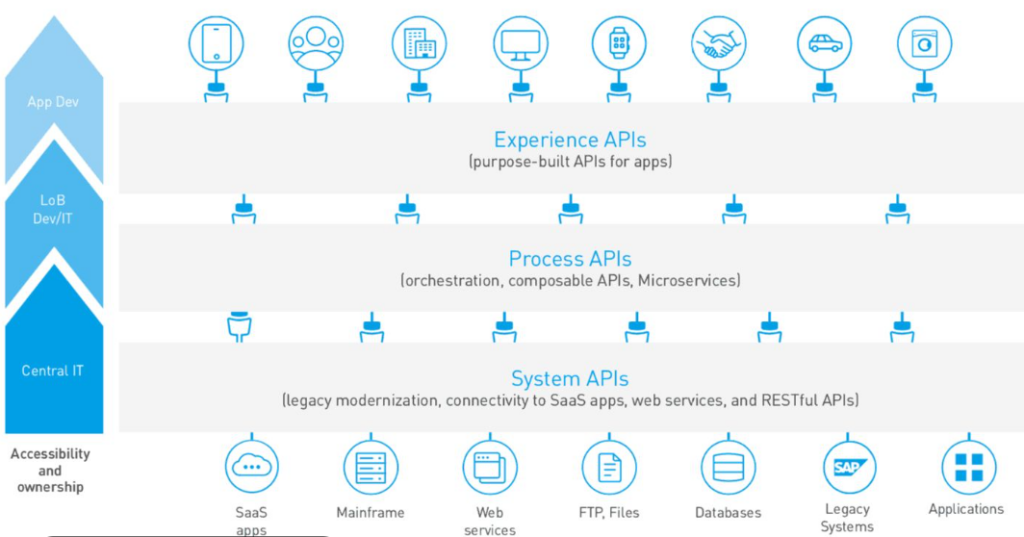
API-led connectivity is a method for connecting and using various parts of a business system. It can be used in different areas:
A) Within a certain business domain B) Across different parts of a business C) Over several business areas or regions D) Outside the company
This approach sorts things from basic record-keeping systems to more interactive systems. In this approach, APIs (Application Programming Interfaces) are grouped into three types:1. System APIs These APIs connect to the main record-keeping systems. They simplify things for the user by hiding the complex parts or changes in these systems. Think of them as turning the basic elements of your business into easy-to-use blocks. Once these are set up, many people can use them to get information without needing to understand the complex systems behind them. These APIs can be used in many projects.
2. Process APIs These APIs work with and organize data either within one system or across multiple systems. They act like the actions in your business. Also, they are useful for carrying out business processes without worrying about where the data comes from or where it needs to go. In addition, these APIs are great for automating tasks and using Bots (automated programs).
3. Experience APIs These are designed to create a great experience for the end user. They focus on the needs of the consumer and use the blocks created by System or Process APIs.
They are often developed by different people and can speed up work because they build on the API designs already created with a focus on design first.What is the functioning mechanism behind API-led connectivity?
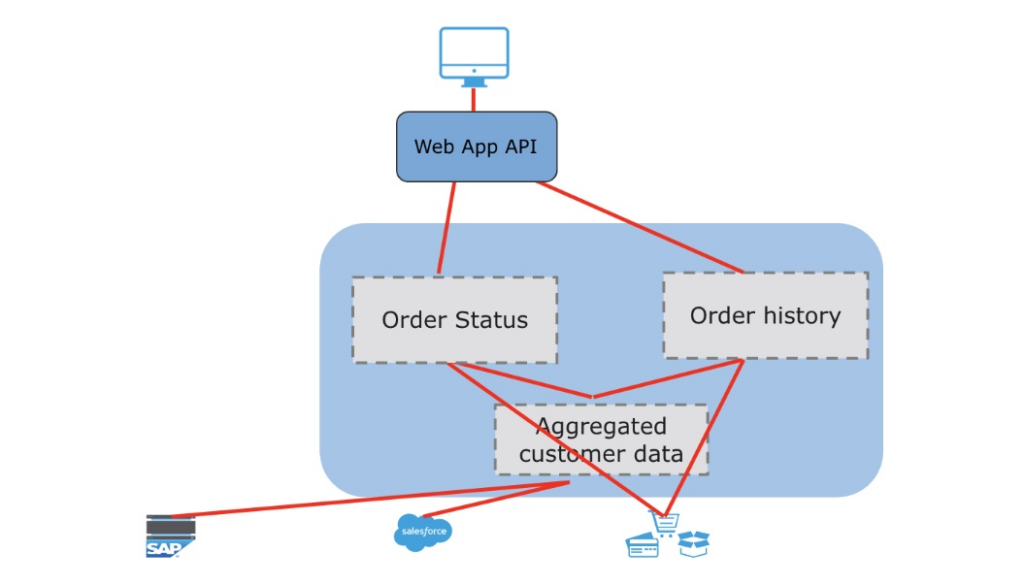
API-led connectivity is like using building blocks to connect different computer systems and data. Imagine you need to make a web app that shows up-to-date order details and past orders for sales teams to talk to customers. You have customer info in two systems (SAP and Salesforce), stock info in SAP, and order info in an e-commerce system. In the old way of doing things, your IT team would write a lot of code to mix customer data from both systems. Then, they would add more code to include order info from the e-commerce system into this mix to show order status and history.
This all gets connected to the web app. This method works, but it is not very flexible for future changes.
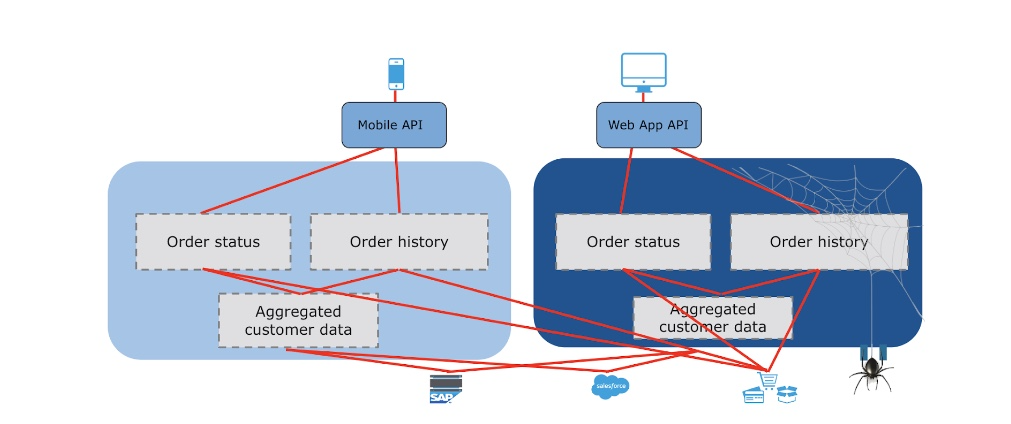
For example, if you then want to make a mobile app, you can not reuse what you have done before. You must start all over again. This becomes costly and complicated over time. However, with API-led connectivity, you create reusable parts (APIs) from the start. These APIs act like universal connectors that can be easily rearranged and reused. So, when you need to make a mobile app, you can use these existing connectors instead of starting from scratch.
This makes it quicker and easier to add new features, like tracking shipments, using the same method as before. This approach helps your team to adapt faster and focus on creating new things rather than just managing one project after another.
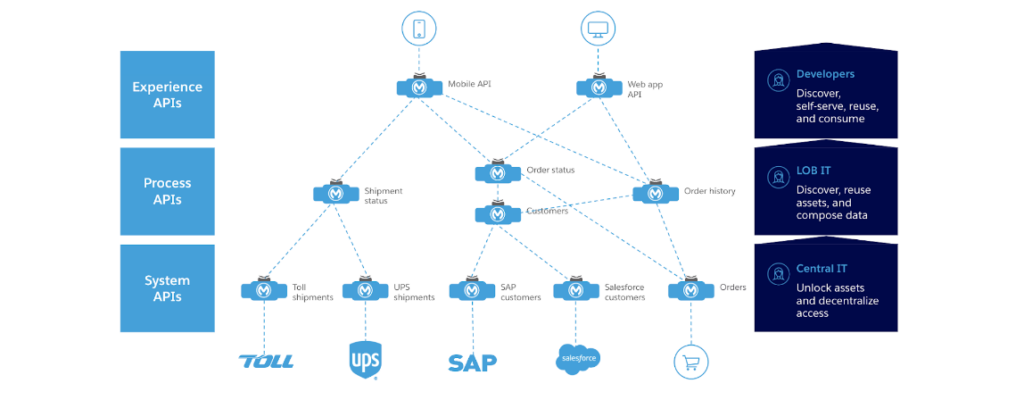
In short, API-led connectivity is not just about using RESTful APIs (a type of web API); it is about using a variety of flexible ways to connect different systems and data, making it easier to build and update apps quickly and efficiently.
How does MuleSoft enable API-led connectivity?
MuleSoft is a leader in a method known as API-led connectivity, which is now widely recognized and used.This approach begins with the goal of making businesses more agile and efficient by using a system where different parts of a business can easily share data and work together. This is done using APIs (Application Programming Interfaces) as a main tool. MuleSofts main product, the Anypoint platform, and its other offerings are designed to turn this goal into reality. They offer various ways to connect different parts of a business, like REST Connect, Orchestration, RPA (Robotic Process Automation), BOTs, GraphQL, EDI, and others. The platform supports many ways of integrating systems, including different types of APIs, data transfer methods like ETL (Extract, Transform, Load), microservices, and others. It also has a large marketplace with ready-to-use connectors, templates, and tools specifically designed for certain industries and cloud services, making it easier to start integrating different systems. MuleSoft combines integration (iPaaS), complete API management, and automation features to help speed up a company digital transformation.
On average, businesses using MuleSoft have found that they can complete projects three to five times faster, and their teams are three times more productive compared to using older or custom-made integration methods.
Conclusion
API-led connectivity is ultimately built for the future. It allows businesses to connect different services and systems in a way that can easily grow and change. This approach transforms the role of connecting technology from just a basic requirement to a key advantage that helps businesses to quickly adapt and try out new business models.Find out more on the BugendaiTech channel: bugendaitech.com





